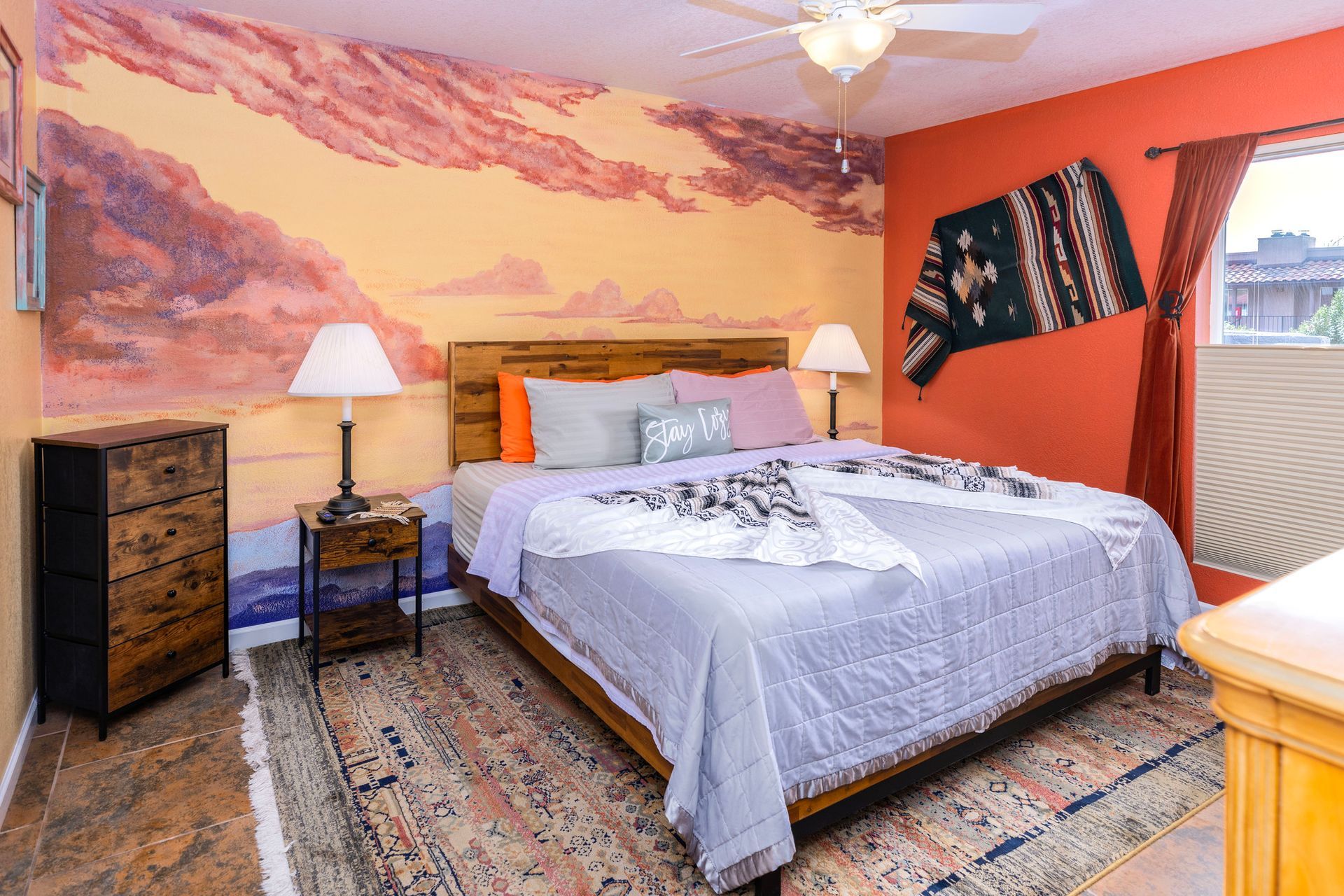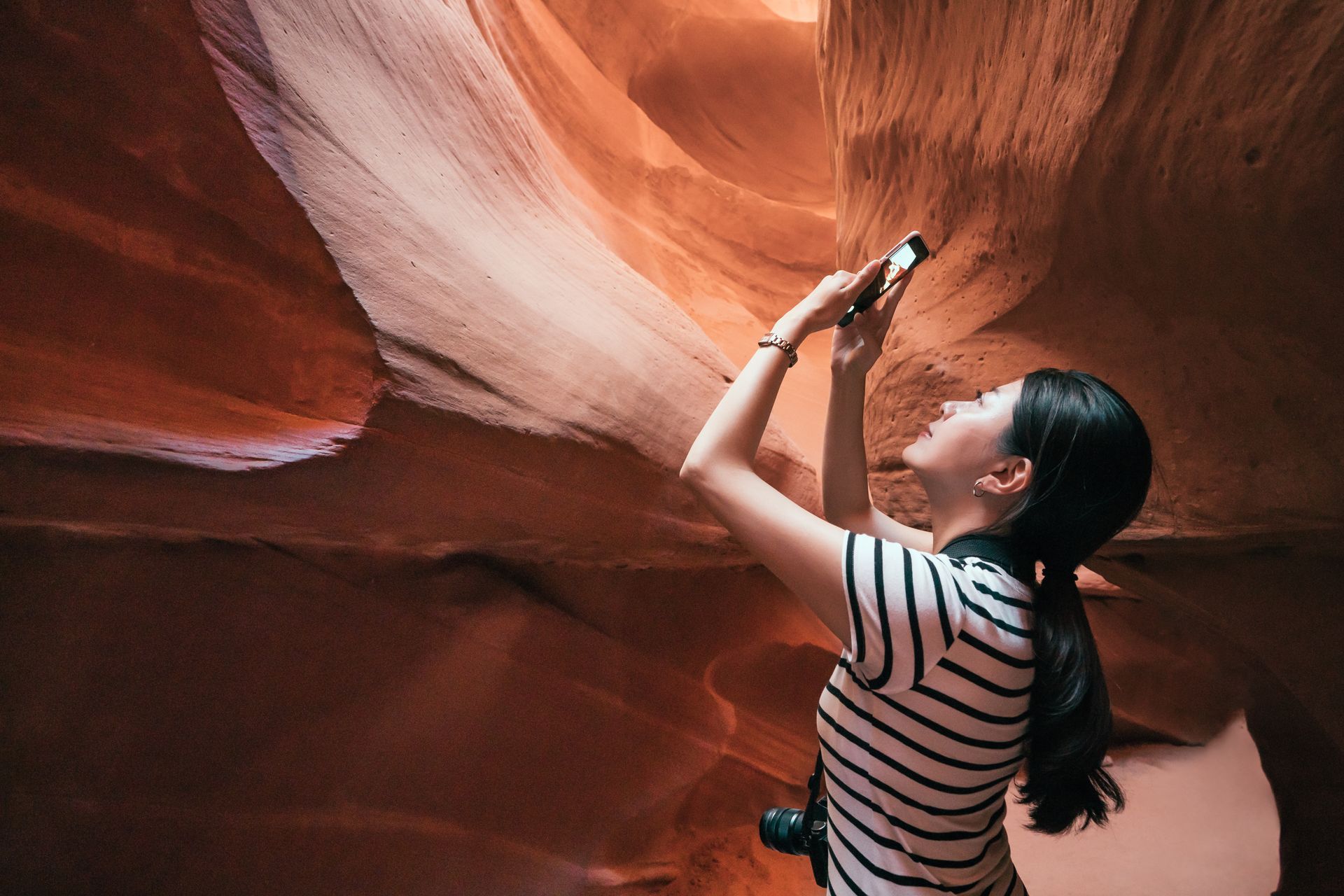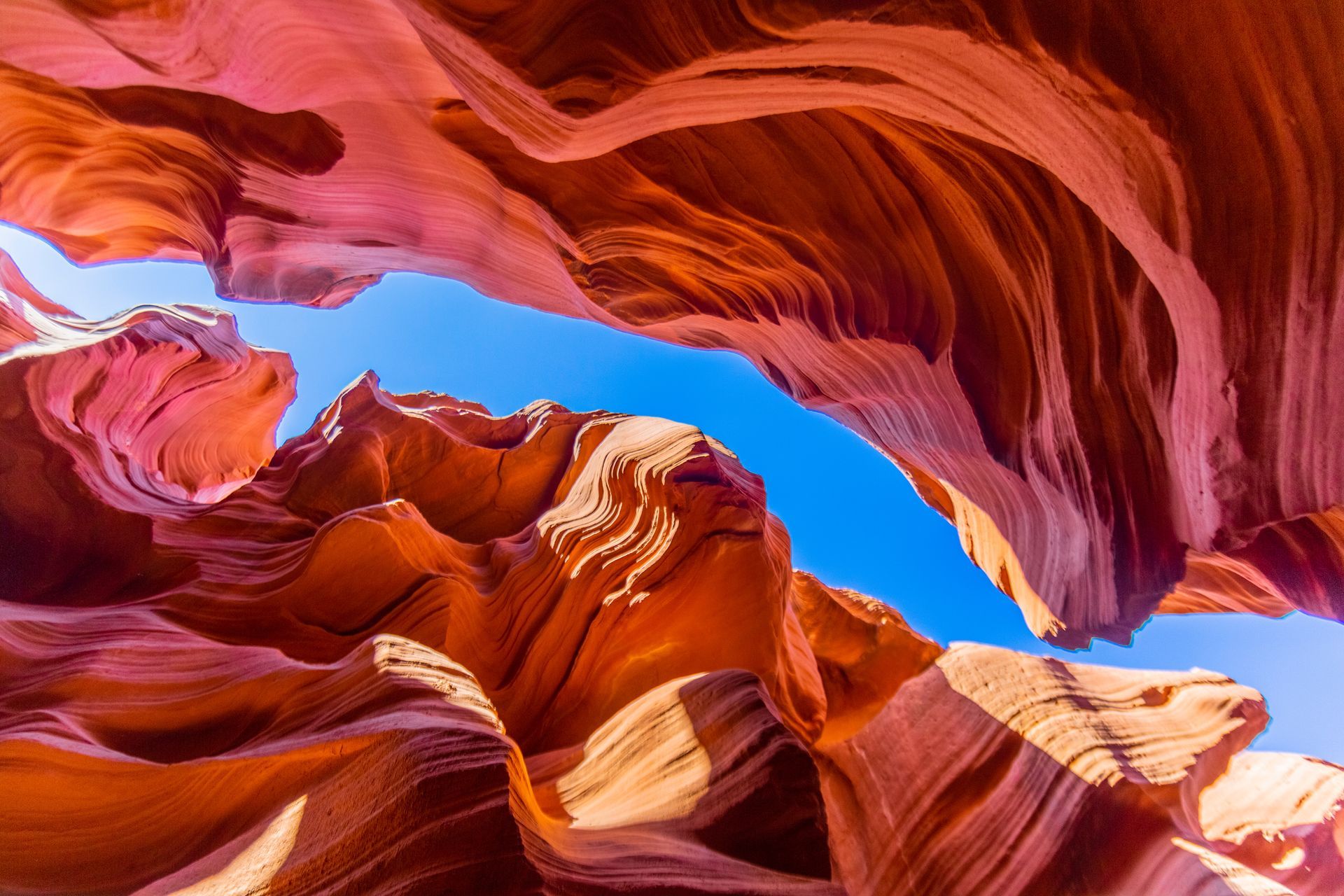
Native American History in Arizona: Antelope Canyon
Arizona is home to a diverse array of Native American tribes, each with unique histories and traditions. The Navajo Nation, the largest federally recognized tribe in the United States, has a particularly deep-rooted presence in the state. Their ancestral lands stretch across the northern part of Arizona, and the Navajo people have lived there for centuries, cultivating a rich cultural heritage and a profound connection to the land.
Their ancestral lands stretch across the northern part of Arizona, and the Navajo people have lived there for centuries, cultivating a rich cultural heritage and a profound connection to the land.
Though Antelope Canyon is the focal point in this article it is just one piece of the rich mosaic of history and culture in Arizona. The Navajo Nation is home to numerous other significant sites, including Monument Valley, Canyon de Chelly, and other intriguing state parks in the region. Each stop in Arizona offers additional insights into Navajo traditions, legends, history, and art.
Exploring Antelope Canyon
A land of dramatic landscapes and vibrant cultures, Arizona was built with the hands of indigenous peoples. One of the most captivating ways to explore this heritage is through a cultural tour of the area’s impressive geological formations. The jagged red rock and narrow slot canyons are not just marked by the fingers of erosion, but carved into them are the stories of Native American families who inhabited the land. The entire
state is made up of a vibrant history worth exploring.
If you’re visiting the area and want to get a taste of the area’s intriguing past, this guide is for you. When you want a break from traveling you can head back to the Cozy Cactus Resort, in Sedona (but more on that later). Let’s dive in!
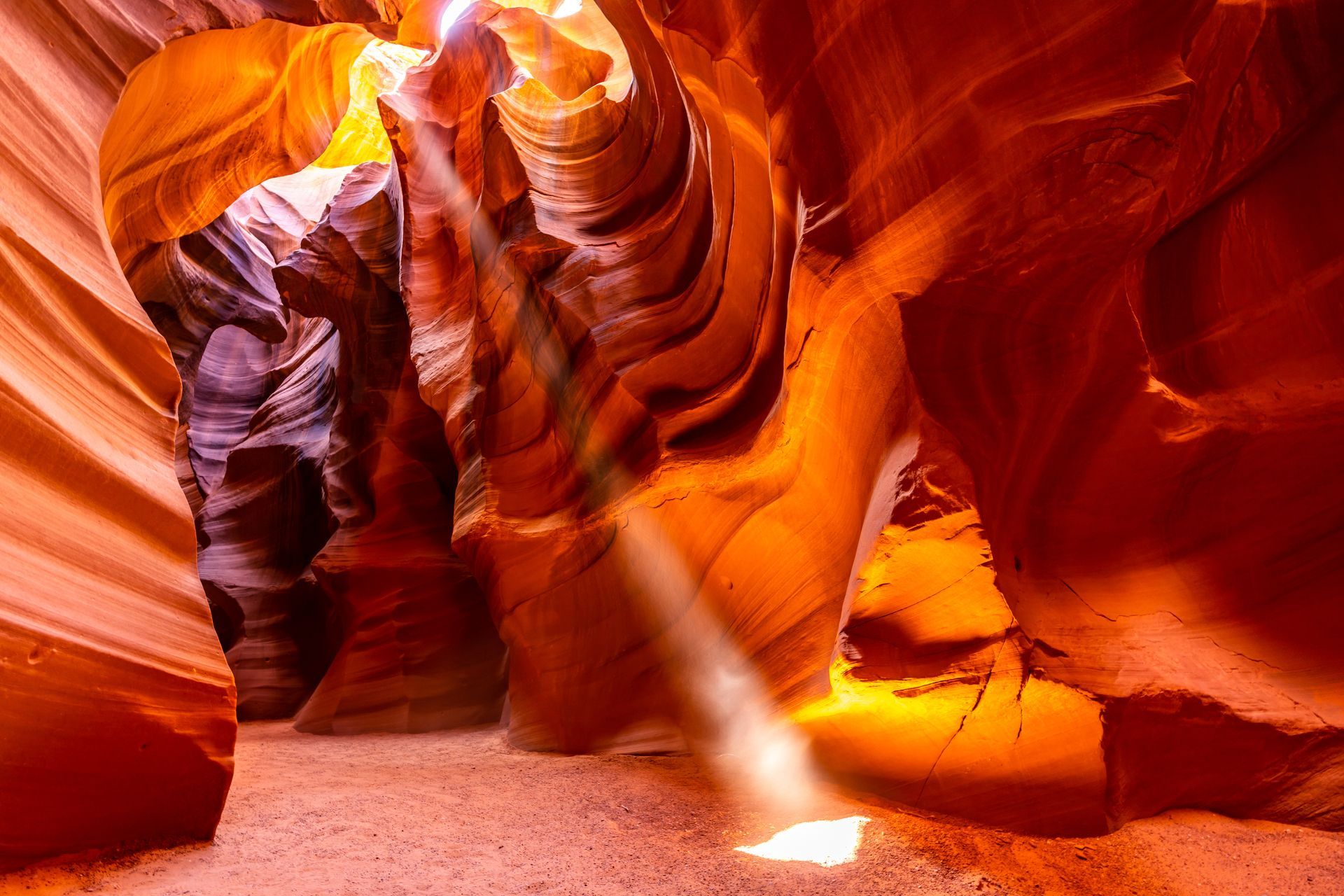
Located on the Navajo Lands is the natural wonder of Antelope Canyon, a stunning slot canyon with winding passages and narrow crevices.
Millions of visitors marvel at the piercing light beams peeking through narrow openings, and the canyon is one of the most photographed natural wonders in the world.
The iconic canyon’s otherworldly appearance draws visitors from around the globe, but its significance extends far beyond its breathtaking visuals.
Upper Antelope is called
Tsé bighánílíní
in Navajo, which means, “the place where water runs through rocks”. The canyon’s namesake stems from an ancient belief that Antelopes once grazed along the canyon in the winter.
What is a Slot Canyon?
Picture the shape of a coin slot in a vending machine: skinny and narrow. Slot canyons are characterized by their deep, slot-like shape. These types of passages have tall, sheer rock walls formed by erosion from water, wind, and sediment. They are often found in soft rocks like sandstone and limestone.
Upper Antelope Canyon
Antelope is made up of 2 slot canyons: Upper and Lower. Appropriately-named, “The Crack”, Upper is the most popular of the two sections.
This canyon is quite the showstopper and is usually the one featured in many of the viral Instagram photos you’ve probably seen.
Upper vs Lower: Which Should I Visit?
Both are visually stunning and because they’re sister canyons, you will get a glimpse of the other one regardless of which you choose. We promise you won’t be disappointed in your camera roll when you’re done exploring either canyon.
Generally, Upper Antelope sees more crowds but is more accessible for groups with elderly members, children, or physically-limited travelers. However, if you want a less crowded experience and a slightly cheaper tour, opt for Lower Canyon.
Navajo Tours: Bridging Past and Present
For the Navajo people who once called this area home, Antelope Canyon is more than just a geological marvel; it is a place of spiritual and cultural importance. The rock formations, which resemble flowing waves of sandstone, hold special meaning in Navajo mythology and teachings.
For those looking to dive deeper into the harrowing passages of Antelope and discover more of the Navajo culture, we've got just the thing for you.
Antelope Canyon Navajo Tours are led by Navajo guides who are not only knowledgeable about the canyon’s geology but also its spiritual and historical contexts.
Good to Know:
- Maximum of 10 per group.
- Larger groups must book via phone (928-691-0244).
- A $8 Navajo reservation fee is included in each ticket.
- Book a few weeks in advance as tickets sell out quickly.
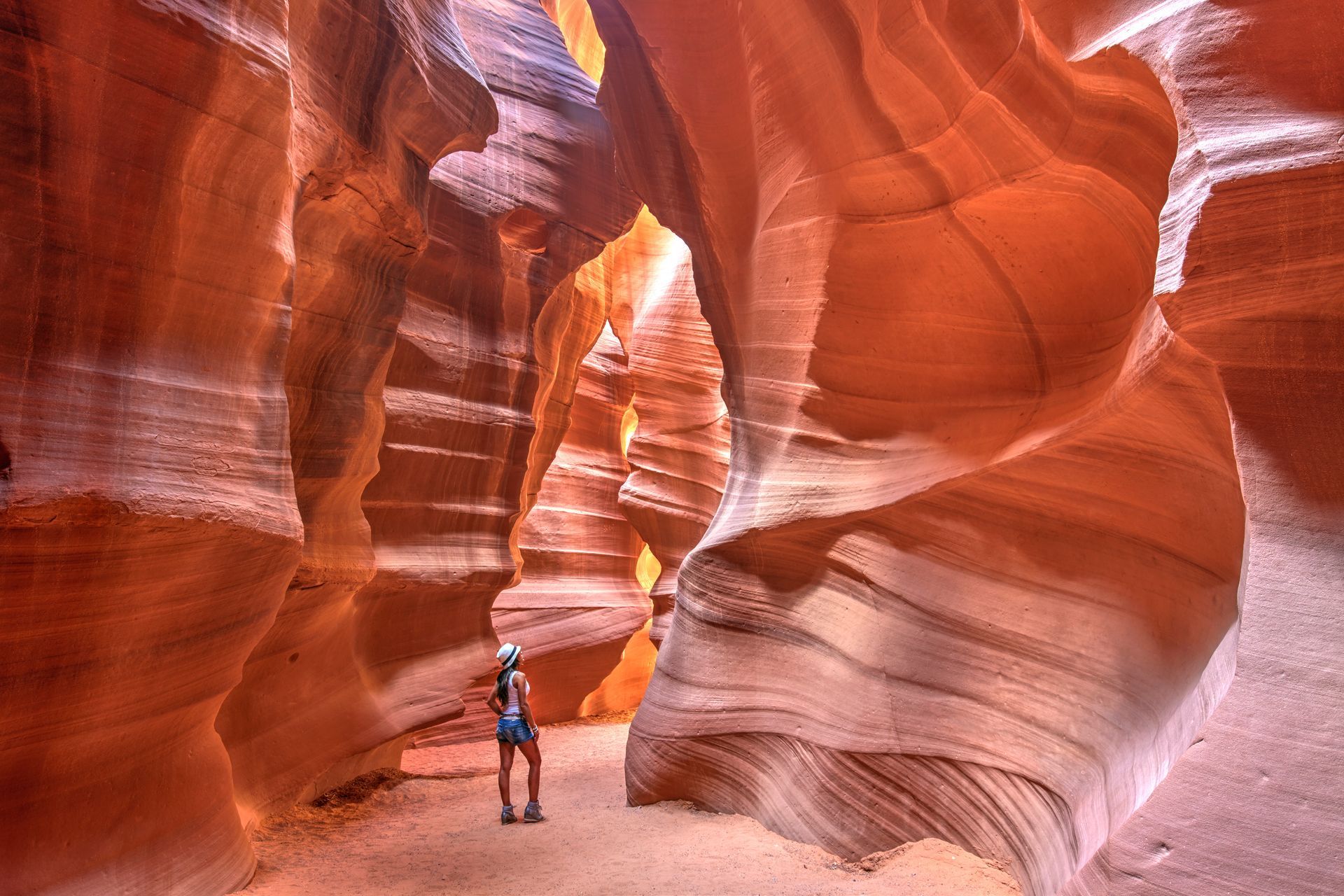
A Journey of Respect and Understanding
Participating in a Navajo-led tour through Antelope Canyon is an opportunity for respectful cultural exchange. Visitors learn about the traditional uses of the land, the significance of natural features, and the Navajo worldview. Navajo Tours emphasizes responsible tourism, ensuring that visitors tread lightly and respect the land.
Why can’t I visit Antelope Canyon without a guide?
At the time of writing, you cannot visit Antelope Canyon without a tour guide, this goes for both canyons. The Navajo Parks and Recreation protects the canyon, and only authorized tour companies are permitted to take visitors there. Here are some reasons why a guided tour is required:
Safety: Safety is a primary reason for requiring a guide.
Vandalism: Preventing vandalism is a top priority so we can preserve the great outdoors.
Reservations: Reservations are required, and tours can sell out weeks in advance.
Come stay at the Cozy Cactus
Exploring Native American history in Arizona is a deeply enriching experience, showcasing a window into the Navajo way of life. As travelers embark on this journey, they are not just witnessing natural beauty but also engaging with a living cultural legacy.
When you’re done exploring, head back to our Cozy Resort in Sedona. Blending the personal touches of a B&B with the modern amenities of a resort, our unique, one-of-a-kind, offering is
located in Sedona, amongst Arizona's high-desert oasis. At 4,000 feet, even in the Summers the mornings and evenings are the perfect temperature.
Come see what all the buzz is about!
